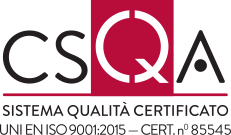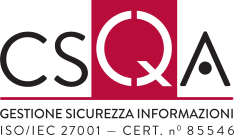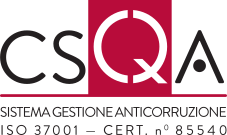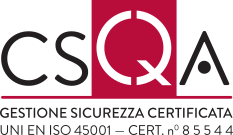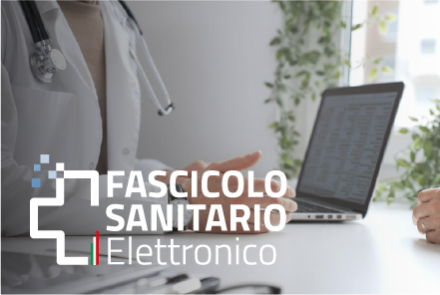
The Electronic Health Record 2.0 (Fascicolo Sanitario Elettronico 2.0) represents an upgrade for the Italian digital healthcare system, longing to upgrade interoperability, usability and participation for the citizen.
Among the most relevant new features is the new version of the Taccuino (“Notebook”), the section in which the patient can integrate personal health data.
In the previous version, the Taccuino had a limited function: citizens could only upload clinical documents in PDF, such as reports or certifications received from bodies external to the National Health Service.
These documents were lacking structured metadata and shared standards, and were neither interoperable nor integrable in the Regional systems.
With FSE 2.0, the Taccuino becomes a dynamic and structured section, satisfying the HL7 FHIR standards.
Citizens can now insert codified and reusable healthcare data, enriching their clinical profile.
The main innovations concern the possibility of recording personal clinical measurements, such as blood pressure, glycemia, body temperature, body weight and other parameters, accompanied by date and unit of measurement, even if collected via digital devices or monitoring apps.
Moreover, it’s possible to insert personal observations, such as recurrent symptoms, previous conditions, perceived outcomes of therapies or indications received informally; although not clinically validated, these notes contribute into building a continuous narrative of one's healthcare experience.
Another innovation consists in the possibility to save new contacts within healthcare structures, recording any information regarding visits, hospitalizations or interactions with experts and structures external to the National Healthcare System, adding details such as dates, kind of services and involved structures, useful data for the reconstruction of each healthcare path.
Taccuino also allows the user to add personal health records regarding already made diagnoses, previous surgeries or chronic conditions.
All this data is accompanied by structured metadata, which allows its uniform treatment and potential use in digital health systems, both at regional and national levels.
This new version of the Taccuino reflects a digital healtchcare system in which the citizen actively participates in the construction of their own Health Record.
The possibility to integrate structured data allows to close informational gaps, improve continuity of management and offers to every operator a more complete overview of individual clinical histories.
The transition from a simple document loading area to a structured, interoperable and participatory digital space therefore represents a substantial evolution of the Taccuino.
